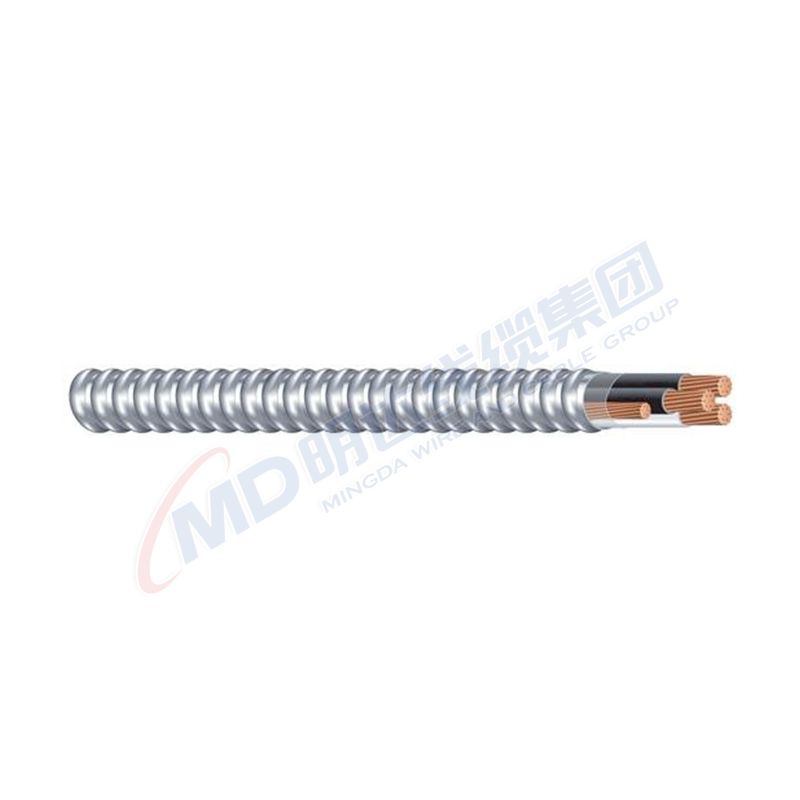10 月 . 06, 2024 21:38 Back to list
butterfly valve double flange type
Understanding the Double Flange Butterfly Valve
Butterfly valves are widely used in various industrial applications for regulating and isolating flow. Among the different types of butterfly valves available, the double flange butterfly valve stands out due to its unique construction and distinct advantages. This article explores the features, benefits, applications, and maintenance considerations of double flange butterfly valves.
Features of Double Flange Butterfly Valve
The double flange butterfly valve is characterized by its design, which includes two flanges at either end for secure mounting. This design facilitates easier installation and alignment with existing pipeline systems. The valve consists of a circular disc that rotates around a central axis to control the flow of fluid. When the disc is parallel to the flow, the valve is fully open. Conversely, when the disc is perpendicular to the flow, the valve is fully closed.
Typically made from materials such as cast iron, ductile iron, stainless steel, or PVC, double flange butterfly valves are available in various sizes and pressure ratings, making them suitable for diverse applications and environments. The sealing mechanism usually comprises elastomeric materials, ensuring a tight closure that minimizes leakage.
Benefits of Double Flange Butterfly Valve
1. Compact Design The double flange design allows for a more compact construction compared to other valve types, which is beneficial in environments where space is limited.
2. Cost-Effectiveness Due to their simpler design and fewer moving parts, double flange butterfly valves tend to be more economical than other valve types, offering cost savings in both purchase and maintenance.
3. Easy Installation The flanged ends of the valve allow for straightforward mounting to existing piping systems, enabling quick installation and reducing labor costs.
4. Versatile Applications These valves are suitable for various fluids, including water, slurry, gas, and steam, making them versatile in many industrial sectors such as water treatment, chemical processing, oil and gas, HVAC, and more.
5. Low Torque Operation Butterfly valves generally require less torque to operate than gate or globe valves. This feature can lead to lower actuator costs and smaller actuator sizes, which are critical factors in valve automation.
Applications of Double Flange Butterfly Valve
Double flange butterfly valves are extensively employed across a range of industries for different applications
. Some common uses includebutterfly valve double flange type

- Water Supply and Wastewater Treatment In municipal and industrial water systems, these valves help regulate flow and isolate sections of pipelines for maintenance or emergency situations.
- Power Generation In power plants, double flange butterfly valves control steam and other fluids within the system, contributing to efficient operation and safety.
- Chemical Processing These valves are utilized in various chemical processes to manage the flow of corrosive substances, owing to the availability of corrosion-resistant materials.
- HVAC Systems In heating, ventilation, and air conditioning systems, double flange butterfly valves regulate air and water flow, ensuring optimal performance.
Maintenance Considerations
To ensure the longevity and reliability of double flange butterfly valves, regular maintenance is essential. Here are some key maintenance tips
1. Routine Inspections Periodically inspect the valve for signs of wear, leakage, or corrosion. Pay particular attention to sealing surfaces and the disc.
2. Lubrication If the valve is not designed to be self-lubricating, ensure that the bearings and stem are adequately lubricated to facilitate smooth operation.
3. Cleaning Keep the valve and surrounding area clean to prevent obstruction or contamination that could affect performance.
4. Replacement Parts Be proactive in replacing worn components, such as seals or gaskets, to prevent failures.
5. Testing Conduct functional tests periodically to ensure the valve can open and close effectively and maintain flow control as required.
Conclusion
The double flange butterfly valve is a reliable, efficient, and economical choice suitable for various applications across multiple industries. Its compact design, ease of installation, and low maintenance make it a preferred choice among engineers and operators. By understanding the features and benefits of this valve type, businesses can make informed decisions that enhance operational efficiency and reduce costs. Whether it's in water treatment, power generation, or chemical processing, the double flange butterfly valve is designed to meet the demands of modern industrial systems.
Share
-
Understanding the Differences Between Wafer Type Butterfly Valve and Lugged Butterfly ValveNewsOct.25,2024
-
The Efficiency of Wafer Type Butterfly Valve and Lugged Butterfly ValveNewsOct.25,2024
-
The Ultimate Guide to Industrial Swing Check Valve: Performance, Installation, and MaintenanceNewsOct.25,2024
-
Superior Performance with Industrial Swing Check Valve: The Essential Valve for Any SystemNewsOct.25,2024
-
Industrial Swing Check Valve: The Ideal Solution for Flow ControlNewsOct.25,2024
-
You Need to Know About Industrial Swing Check Valve: Functionality, Scope, and PerformanceNewsOct.25,2024